Learn how to safely prepare oranges for baby to greatly reduce the choking risk and make it easier for baby to eat this vitamin C-rich food. Here are tips on cutting and offering oranges and clementines, plus citrus recipes to try.

Oranges for Baby
Fresh oranges are a food that taste so great on their own, but need to be served with some awareness when given to babies and young toddlers. Oranges are rich in vitamin C and flavor, but served the way adults commonly eat them, they are a choking hazard for little kids.
Thankfully, it’s easy to adjust how we offer them to minimize risk and make them easy for your baby and toddler to eat.
I recommend investing in a pair of kitchen scissors to make prep easy. Then, review the info below for straight forward tips for introducing oranges and serving them through toddlerhood.
Oranges are a deliciously hydrating food that are so easy to keep in the mix at mealtimes.
(You may also like easy Creamsicles Recipe, Mango Smoothie, and Orange Fruit Snacks.)
Table of Contents
- Oranges for Baby
- When can babies eat oranges?
- Minimize the Choking Risk with Oranges for Baby
- Nutrition in Oranges and Citrus Fruits
- Oranges for Baby-Led Weaning
- Oranges for Finger Foods
- Frequently Asked Questions
- Recipes to Try
- When can babies and toddlers have canned fruit?
- How to Store Oranges
- Best Tips for Success
- Oranges for Baby Recipe
When can babies eat oranges?
Babies can eat oranges, if prepared and offered safely, soon after starting solids—which typically happens around 6 months. Babies can also eat clementines and any other variety of citrus as long as precautions are taken.
Because babies typically have few teeth and primarily move foods around in their mouths with their tongue and gums, it’s important to make the membrane of the citrus easier to handle. The membrane on an orange segment is too difficult for a baby to chew, and the entire piece could wind up in their mouth and present a choking risk.
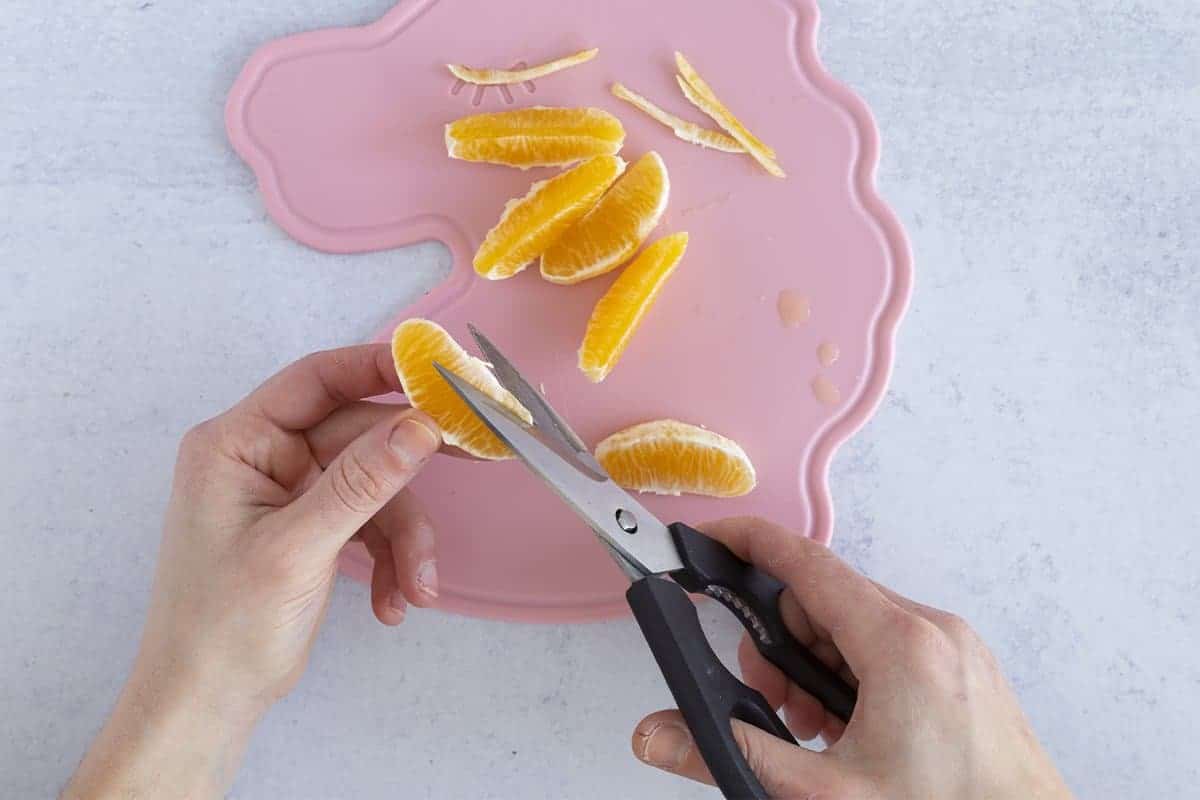
Minimize the Choking Risk with Oranges for Baby
- Remove the membrane from the sides of the orange slice to offer as a baby-led weaning food.
- Or, you can simply cut off the top of the membrane from each orange segment, which makes it much easier to gum.
- You can also cut oranges into thin slices and offer to baby to suck on. This is an easy way for baby to get a lot of flavor without the membrane issue.
- Once a baby has moved onto finger foods for baby, you can simply cut each segment up into small pieces with kitchen scissors.
Nutrition in Oranges and Citrus Fruits
Citrus, including oranges and clementines, are rich in vitamin C. They’re also a great source of hydration, fiber, and flavonoids.
Citrus fruits all contain similar, though slightly different nutrients. And each has its own particular flavor, so try a variety to see what the kids like. Varieties to look for include:
- Navel oranges
- Cara cara oranges (these are slightly pink and so pretty)
- Clementines (look for seedless varieties)
- Mandarin oranges (look for seedless varieties)
- Tangelos
- Grapefruit
And so many more!
Oranges for Baby-Led Weaning
There are two ways to serve oranges for a baby-led weaning food. You can peel the orange and divide it into segments. Then remove the membrane from the sides of the orange to ensure that it’s easy for baby to gum.
Or, you can cut it into thin slices so baby has access to all of the juice and flavor but not large pieces of the membrane.
TIP: You can also offer this fruit in a mesh feeder to start if you prefer.

Oranges for Finger Foods
Once baby is about 9 months old, or able to pick up small pieces of foods with fingers, you can offer small pieces of oranges. I like to peel the orange, divide into segments, then use kitchen scissors to dice very small. When cut into little pieces, you don’t have to remove the membrane. (You can if you prefer, though.)
You can also continue offering slices of oranges with the membrane removed as explained above.
Frequently Asked Questions
The American Academy of Pediatrics recommends we avoid serving juice to babies under age 12 months since it usually lacks the fiber of whole fruit. If you are blending whole fruit into juice, without straining it, I consider that to be a fine option to have in the mix.
If an orange segment is served to a baby the way it is commonly eaten by adults, yes, it can be a choking hazard. Babies don’t have the teeth needed to bite through what can sometimes be a tough citrus membrane. To minimize the risk, you can remove the membrane, dice up as a finger food, or cut into thin slices.
Citrus fruits are high in acid, so they may cause a slight reaction in some kids. (One of my babies would react to citrus and strawberries with very red cheeks.) They could also cause some digestive upset, but either of these reactions would likely be rare and temporary. Consult with your pediatrician with any concerns or negative experiences with citrus.
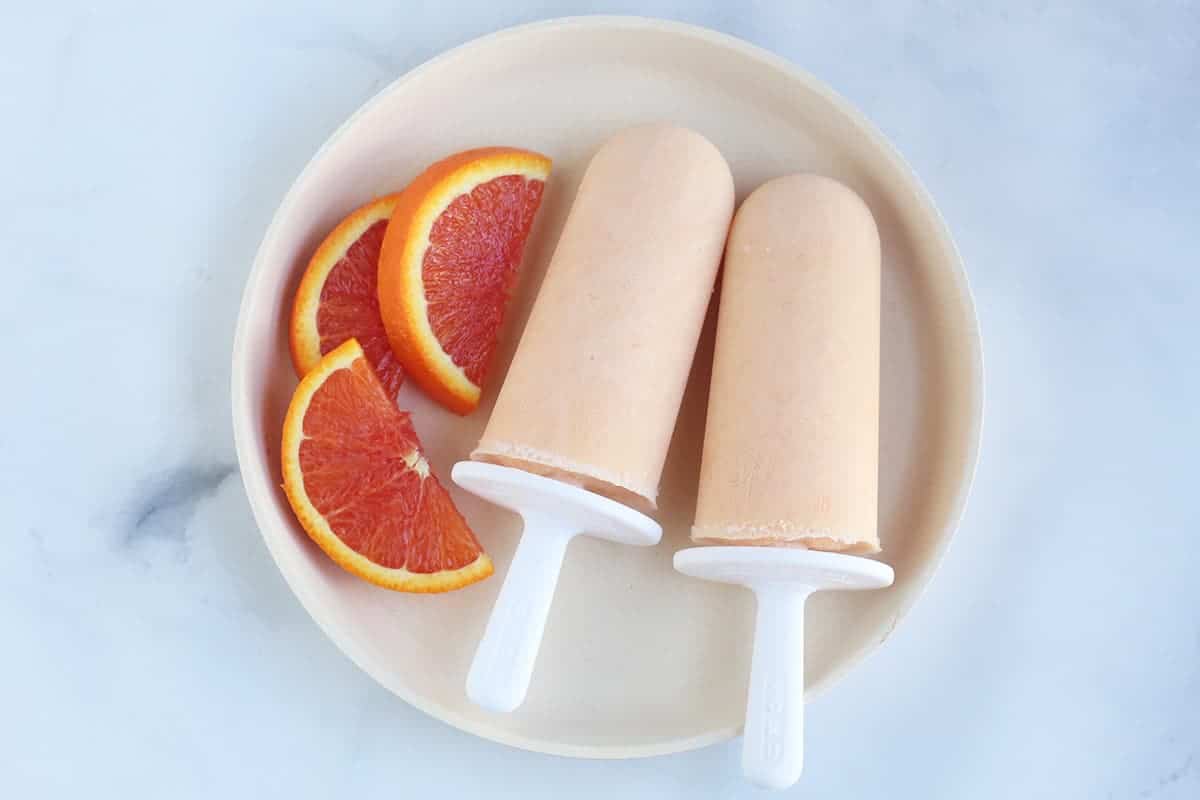
Recipes to Try
In addition to eating oranges fresh, you can use them in some of our favorite recipes below. Click the teal “get the recipe” button to find the full information on each idea.

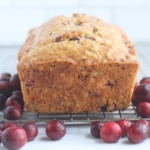


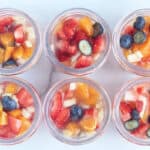
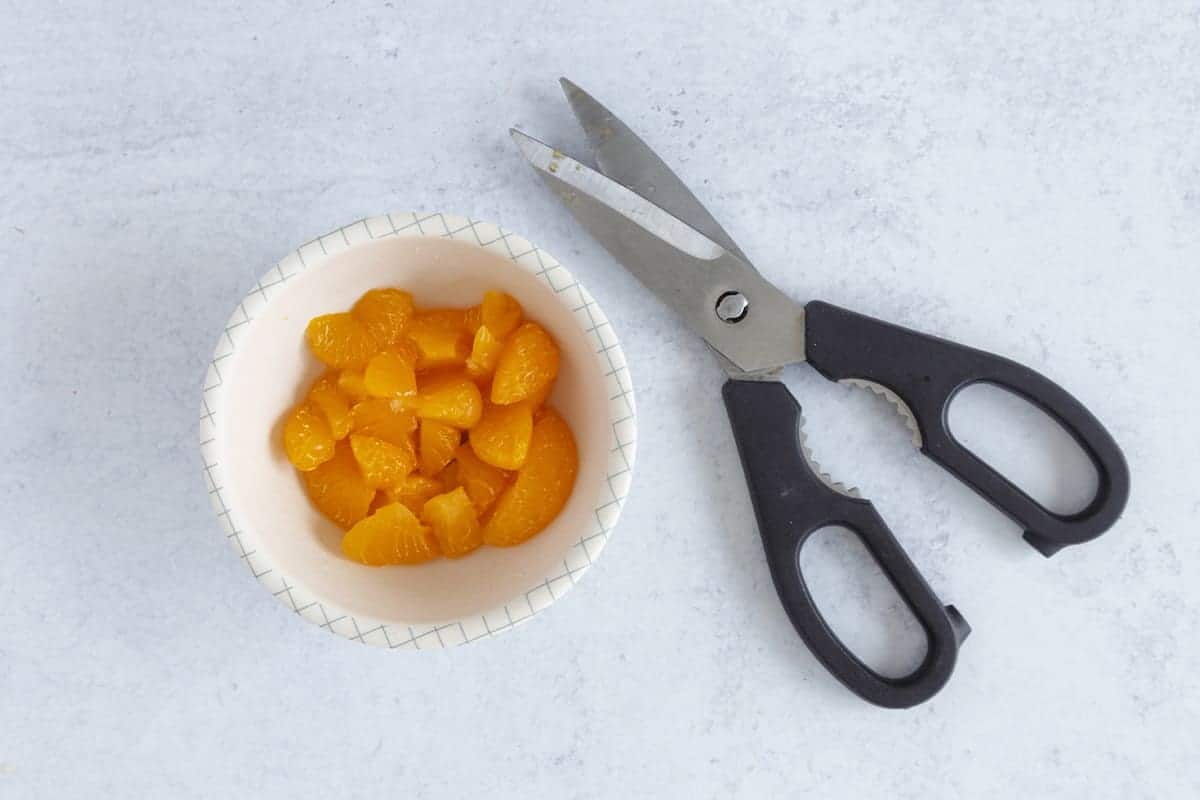
When can babies and toddlers have canned fruit?
Canned mandarin oranges, which typically have the membrane removed and therefore are often much softer and easier to chew, are a convenient option for kids. Look for canned oranges in water or 100% juice and without artificial sweeteners.
You can drain off the juice if desired. Canned fruit with the label “no sugar added” are typically sweetened with Splenda, making them intensely sweet in a way that is, in my opinion, unnecessary.
Cut up canned oranges for kids under about 18 months with a pair of kitchen scissors so the pieces are much smaller and easy to eat.
How to Store Oranges
To keep oranges fresh for the longest amount of time, store in the fridge in the produce drawer. To store cut oranges, place into an airtight container and store in the fridge for up to 3 days. Cut slices and segments can dry out a little during storage.
Best Tips for Success
- Minimize choking risks for a child doing baby-led weaning by removing the membrane before offering a slice. Or, cut the orange into thin slices, which allows access to the juice but cuts through the tough membrane.
- You can also serve orange segments in a mesh baby feeder.
- Once a baby is 9 months, or able to pick up small pieces of food, cut the orange segments very small with a pair of kitchen scissors.
- Look for canned mandarin oranges packed in water or 100% fruit juice as a shelf-stable option. Cut up the fruit with kitchen scissors for kids under about 16 to 18 months to ensure it’s easy to chew.
- Try different varieties of citrus to see if the kids have a favorite.
- Pair iron-rich food with citrus to increase the absorption of iron.
- You may also like Apples for Baby, Bananas for Baby, Grapes for Kids, Best Yogurt for Kids, and my Master List of Baby Food Recipes.
Related Recipes
I’d love to hear your feedback on this post, so please comment below to share!

Oranges for Baby
Ingredients
- 1 orange or clementine (any variety, though seedless is easier)
Instructions
Baby-Led Weaning Oranges
- Peel the orange, break into segments, and discard any excess white pith. Use kitchen scissors to cut the top middle of the membrane off of each segment. Remove some of the sides of the membrane, as well, and offer to baby.
- Or, to serve as slices, cut the orange in half. Place the halves cut-side-down and cut in half again. Cut into 1/4-inch segments and offer one at a time to baby. (Model how to eat the slice so they put the fruit side into their mouth, rather than the peel side.)
Oranges for Finger Foods
- Peel the orange, break into segments, and discard any excess white pith. Use kitchen scissors to cut the top middle of the membrane off of each segment. Cut into pea-size pieces with the scissors.
Canned Oranges
- Drain a can of canned mandarin oranges. (I prefer ones packed in water or 100% juice.) Cut into very small pieces with kitchen scissors and offer as a finger food.
Fresh Orange Juice
- Peel the orange, break in half, and discard any excess white pith. Place into a blender and cover. Starting on low, blend the fruit and slowly increase the speed to high until the mixture is uniform juice. Serve in a reusable pouch, in a straw cup, or freeze into a popsicle mold.
Notes
- Store cut oranges in an airtight container in the fridge for up to 3 days. (Will be best if used within 24 hours.)
- Minimize choking risks for a child doing baby-led weaning by removing the membrane before offering a slice. Or, cut the orange into thin slices, which allows access to the juice but cuts through the tough membrane.
- You can also serve orange segments in a mesh baby feeder.
- Once a baby is 9 months, or able to pick up small pieces of food, cut the orange segments very small with a pair of kitchen scissors.
- Look for canned mandarin oranges packed in water or 100% fruit juice as a shelf-stable option. Cut up the fruit with kitchen scissors for kids under about 18 months to ensure it’s easy to chew.
- Try different varieties of citrus to see if the kids have a favorite.
- Pair iron-rich food with citrus to increase the absorption of iron.
Nutrition
This post was first published March 2022.




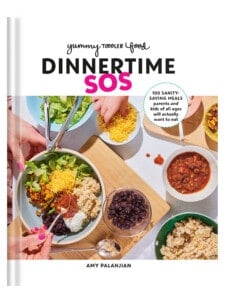
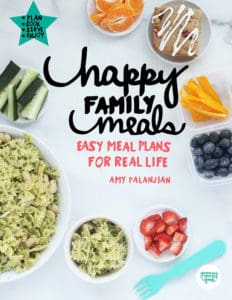

















All comments are subject to our Terms of Use.